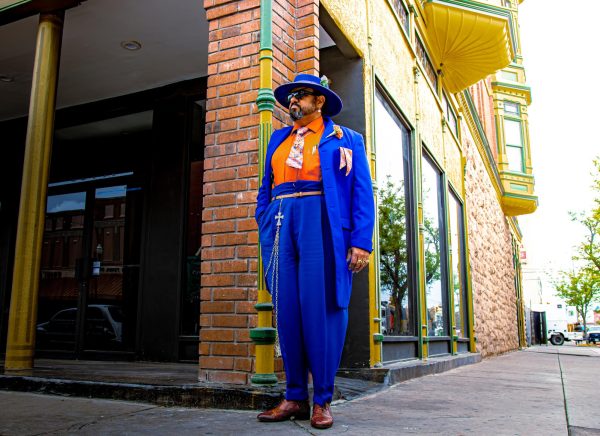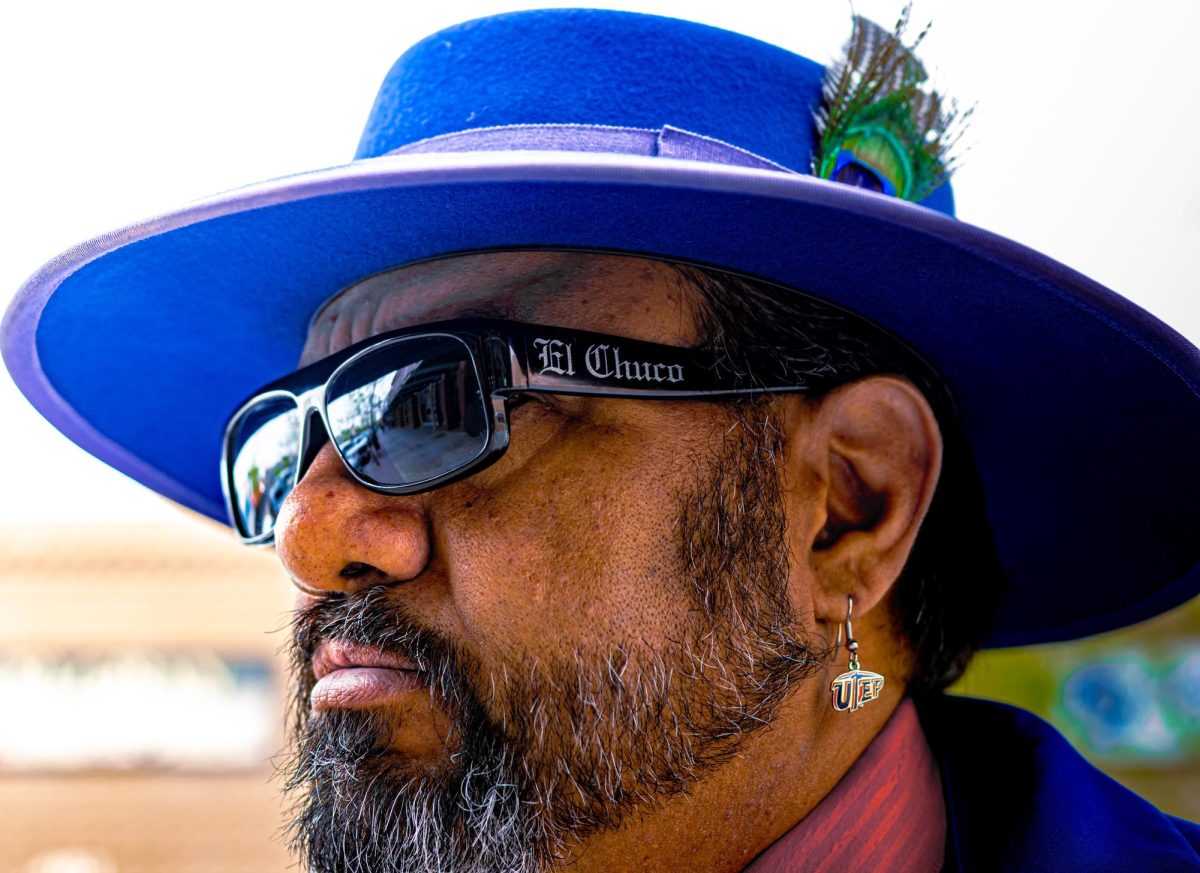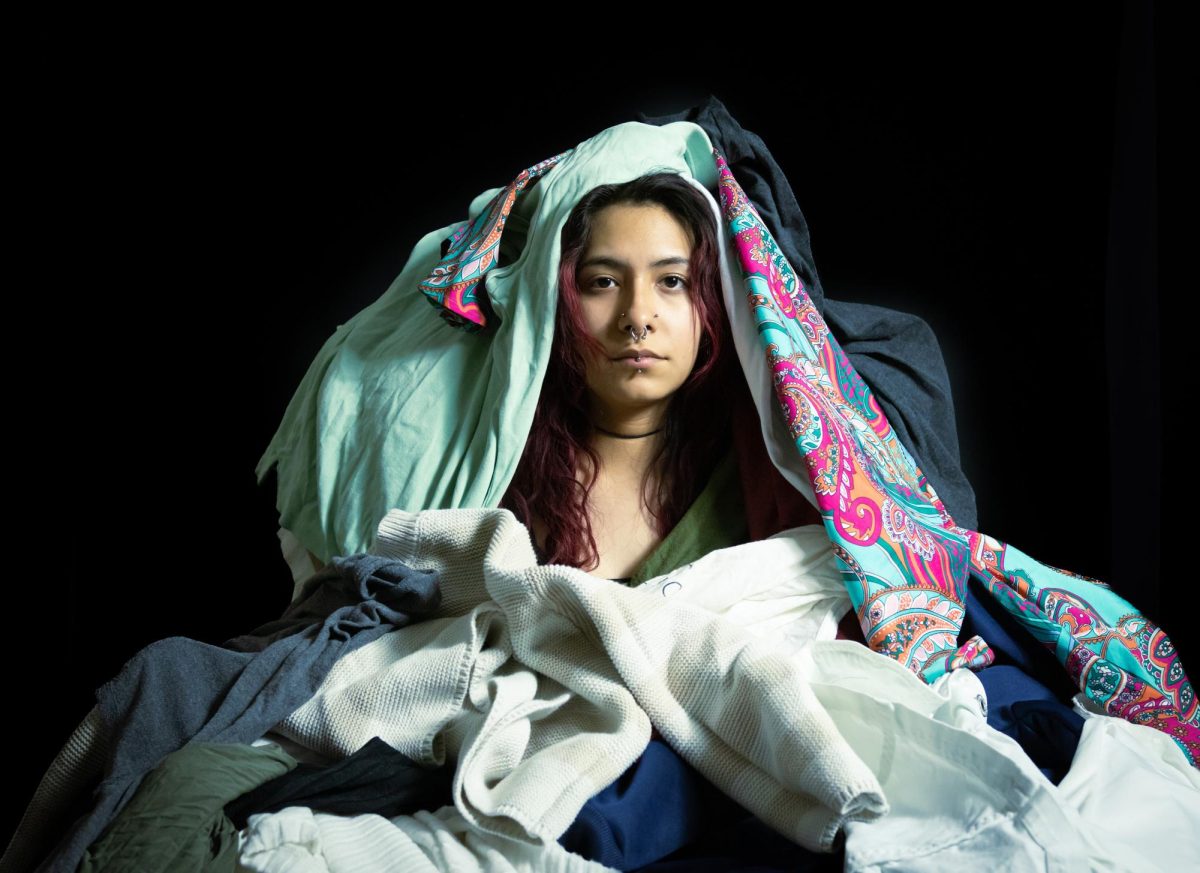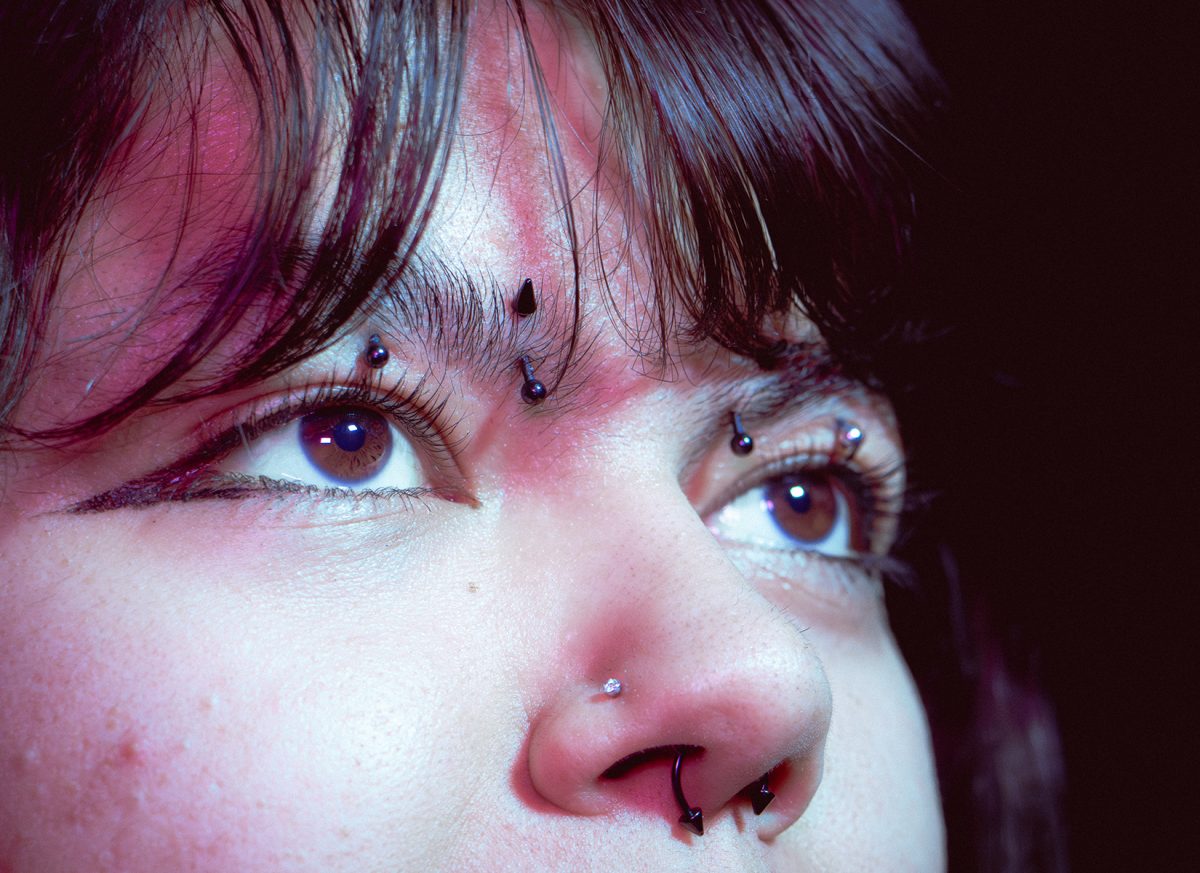Between 1910 and 1920, the Mexican Revolution contributed to an influx of Mexican immigrants. These immigrants were fleeing violence and in search of stability and job opportunities in the U.S.
In the following years, Mexican immigrants would be subjected to segregation, lynchings and other violence. In the late 1930s, the zoot suit would emerge among Mexican American youths as a symbol of their rejection of assimilation. This group of Mexican Americans created a subculture – they called themselves “pachucos.”
The zoot suit became the most prominent image associated with pachuco culture. What makes the suit unique is its similarity to the frock coat – a long coat with wide lapels and broad padded shoulders, that is paired with high waisted, drop-loop trousers.
The zoot suit is more than a symbol of pachuco culture and fashion, it is a testament to Mexican American pride for many. Today, the zoot suit has taken on a new meaning for PoloTeo Medina, a proud El Pasoan and self-proclaimed zoot suit aficionado.
“There was a lot of crime with Pachucos that [historians] don’t talk about. Pachucos were drug runners. They were in a gang, they were violent,” Medina said. “It did evolve from back then to now and we’ve turned it into something a little bit more classy, a little more respectful. I wear it because I’m proud of El Paso. I am Chuco, I’m not pachuco.”
The zoot suit has been passed down from generation to generation. Medina shared that it was his grandfather who introduced him to the style.
“I started when I was 18 so it’s been about 30 years. I kind of got it from my grandfather,” Medina said. “I’ve always dressed in slacks, collar shirts and ties, and he gave me his last hat. So, his last hat was my first hat.”
Medina, a first-year Chicano Studies student at The University of Texas at El Paso, says he chooses to adorn the zoot suit to educate others on the history of the suit.
“I’ve been studying the zoot suit for the past eight years. And the whole point of me doing it is because I’ve read a lot of books, I’ve talked to a lot of professors, all around the country, and a lot of the history that they say, I don’t agree with it,” Medina said.
Medina hopes to change the way Chicano history is taught to include more accuracy about the representation of the culture.

“First, my respect to them [Chicano history professors], I’m all in it to learn. But at the same time, I will call it out. I have more passion about zoot suit culture because I live it. I am that culture,” Medina said.
While he is proud to represent the culture, Medina said he has created a new term for the style – estrellito.
“El Paso is called Chuco Town. But what’s so famous here in El Paso? The star on the mountain,” Medina said. “That star represents El Paso, so I coined that term in 2017, because you know what? I’m born here. I was raised here, and I live in Chuco.”
The zoot suit that once served as a tool to otherize Mexican Americans evolved to cultivate communities of proud Chicanos throughout the borderland.
Alyda Muela is the arts & culture editor and may be reached at [email protected]; @alyrose.photos on Instagram.










